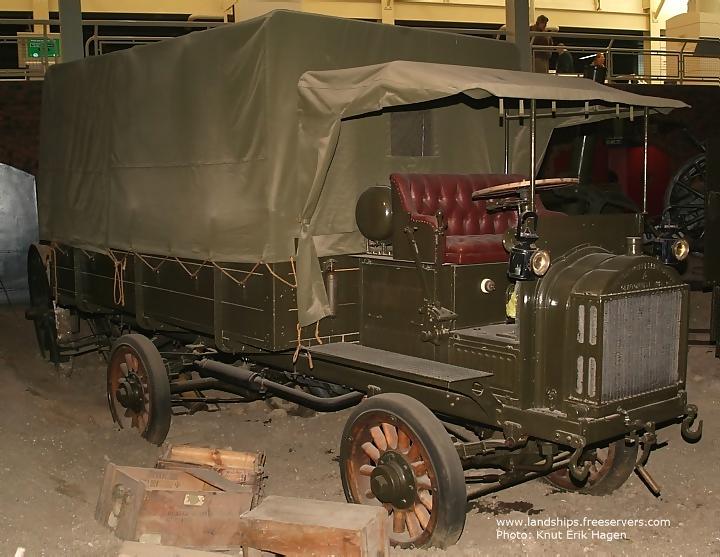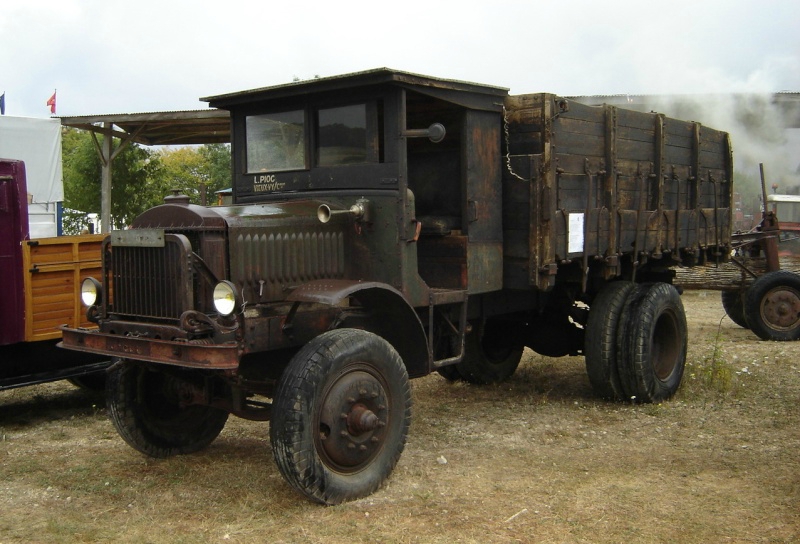Quoted Text
Nice. I'd like to see a comparison build between this and the ICM version posted above.
First point on the list of differences:
Totally different trucks built by two totally separate companies on different sides of an ocean.
FWD Type B:
"The FWD Model B was an American built four-wheel drive truck produced by the Four Wheel Drive Auto Company that saw widespread service with American and British forces during the First World War. "
More here:
https://en.wikipedia.org/wiki/FWD_Model_B 
Type B Lorry (rear wheel drive only, based on the chassis of a London double-decker bus):
"The LGOC B-type is a model of double-decker bus that was introduced in London in 1910. It was both built and operated by the London General Omnibus Company (LGOC)."
https://en.wikipedia.org/wiki/LGOC_B-type"The London General Omnibus Company (LGOC) was founded in 1855 to amalgamate and regulate the horse-drawn omnibus services then operating in London. The company began producing motor omnibuses for its own use in 1909 with the X-type designed by its chief motor engineer, Frank Searle, at works in Blackhorse Lane, Walthamstow. The X-type was followed by Searle's B-type design, considered to be one of the first mass-produced commercial vehicles.[1][2]
In 1912, LGOC was taken over by the Underground Group of companies, which at that time owned most of the London Underground, and extensive tram operations. As part of the reorganisation following the takeover, a separate concern was set up for the bus manufacturing elements, and was named Associated Equipment Company, better-known as AEC.[3][4]
AEC's first commercial vehicle was a lorry based on the X-type bus chassis. With the outbreak of World War I in 1914, AEC's ability to produce large numbers of vehicles using assembly line methods became important in supplying the increasing need for army lorries. AEC began large-scale production of the 3-ton Y-type lorry, commenced in 1916, and continued beyond the end of the war. From then on, AEC became associated with both lorries and buses."
https://en.wikipedia.org/wiki/Associated_Equipment_CompanyI get the impression that the correct designation for the Type B lorry is actually Type Y
Type YB or YC

Note that the top of the radiator is different from the Old Bill omnibus. The cab roof is also different.

Found this as well so I don't know how the development
or design history of these things are connected ...

Maybe they did straight conversions of bus chassis and then started fiddling around with the design?
/ Robin
Edit: They were also built with Daimler engine & radiator
































